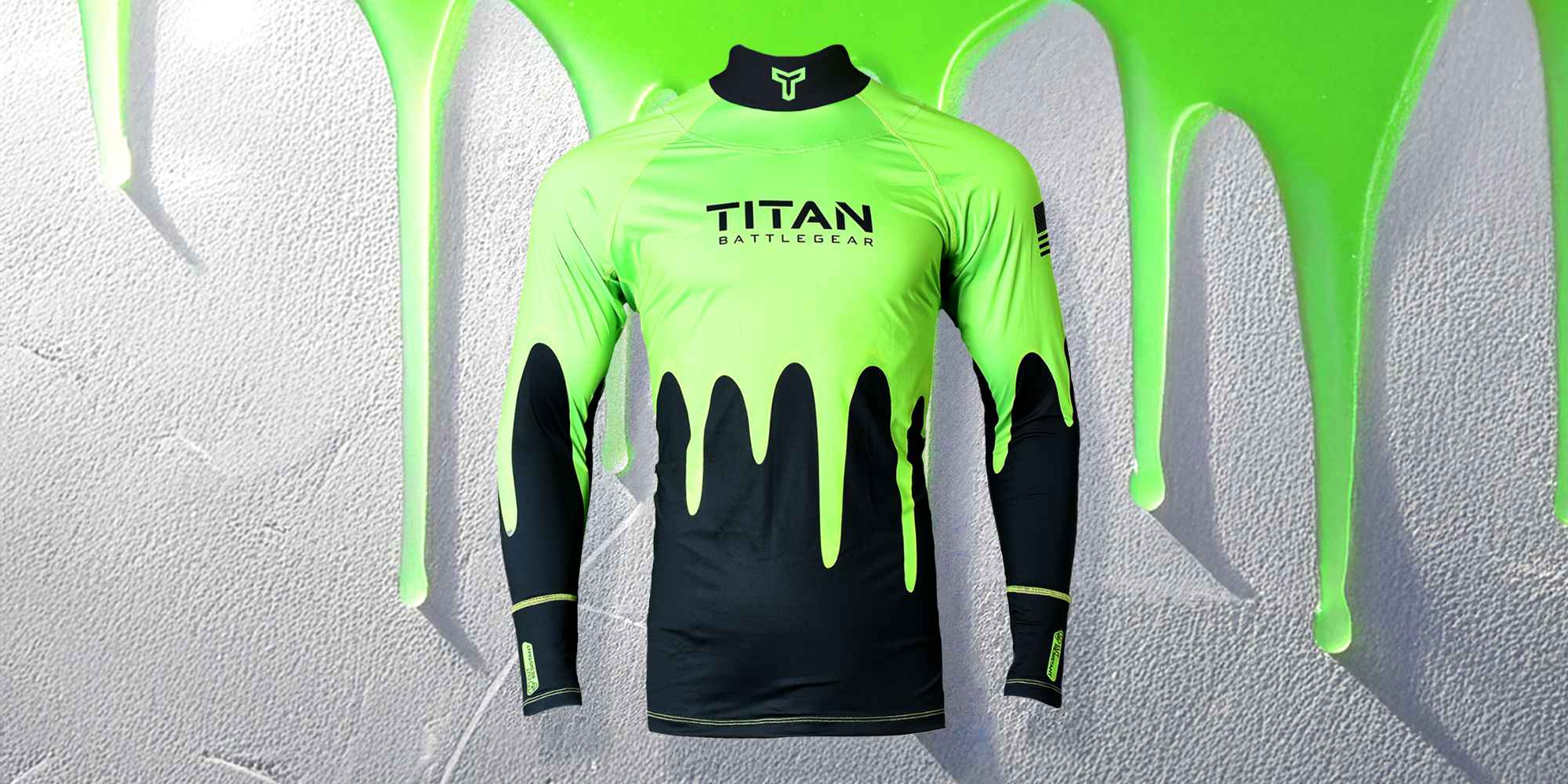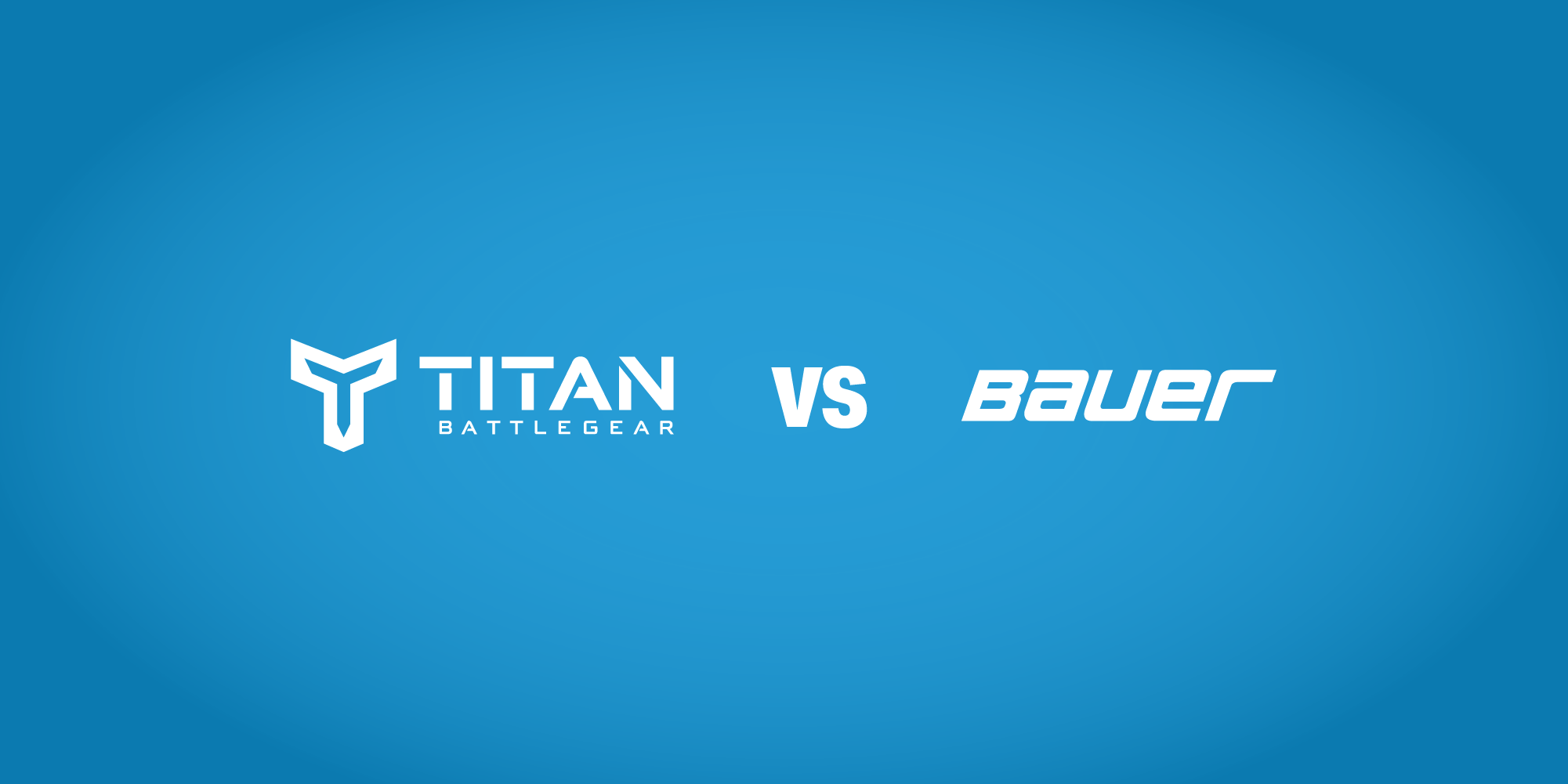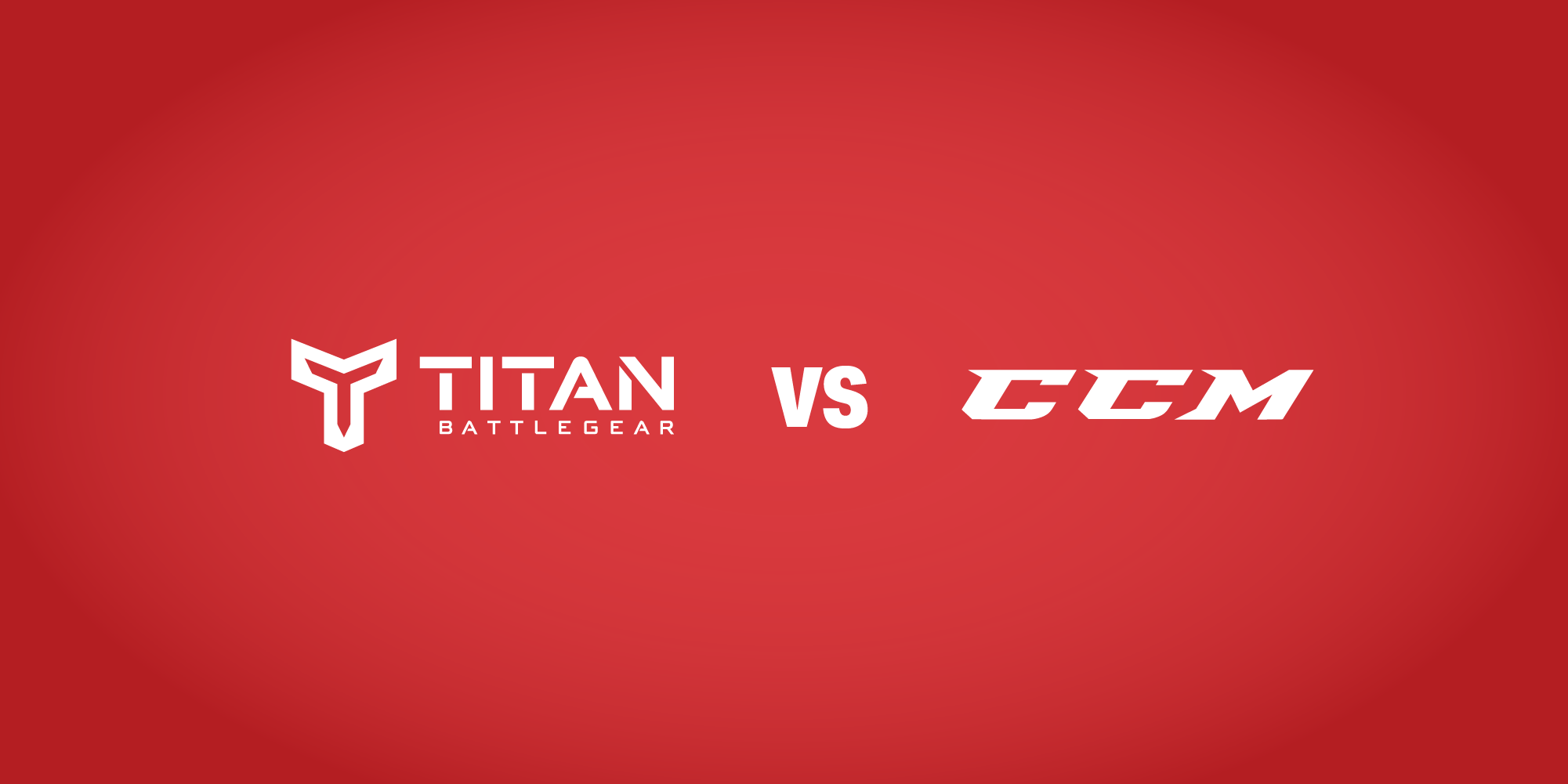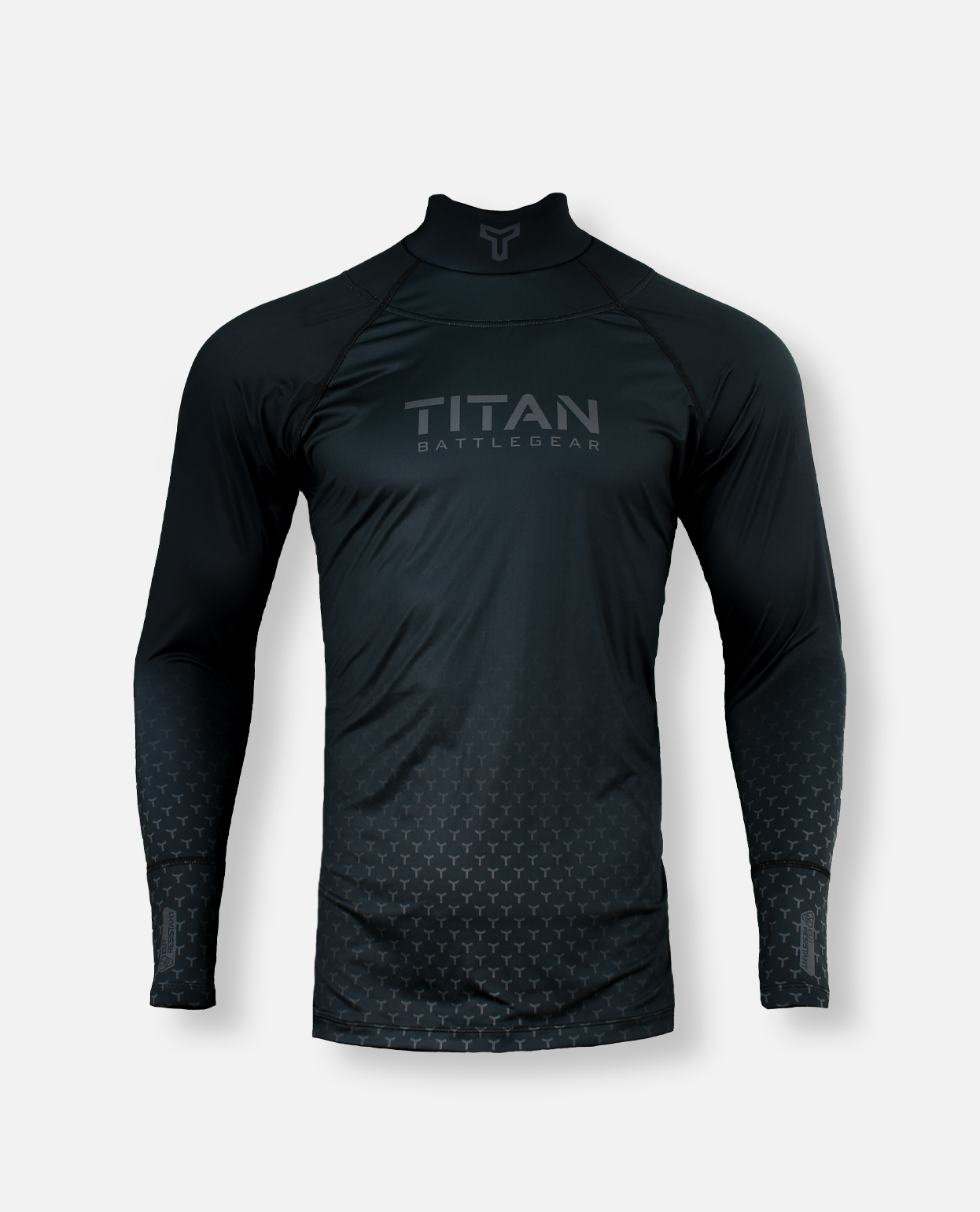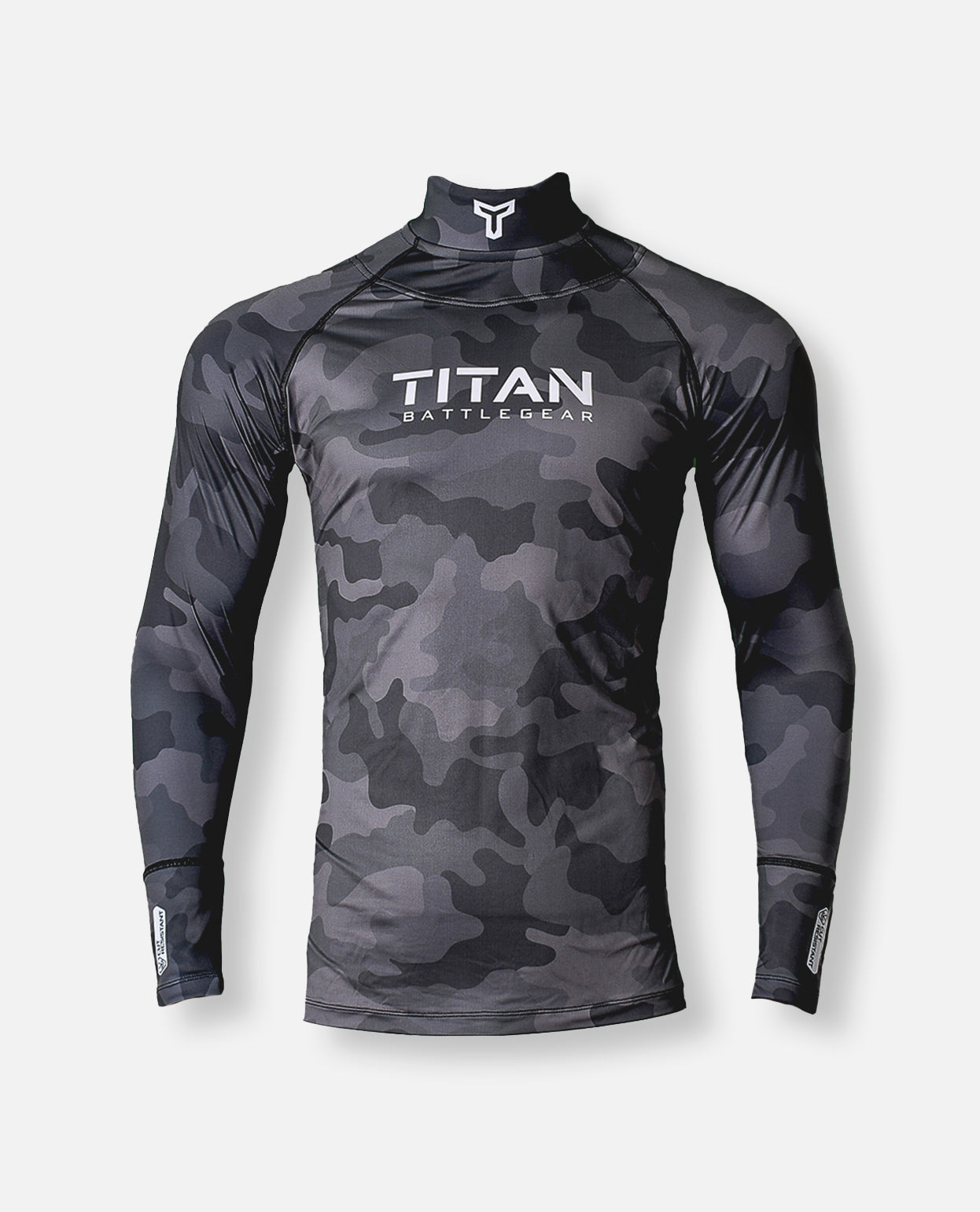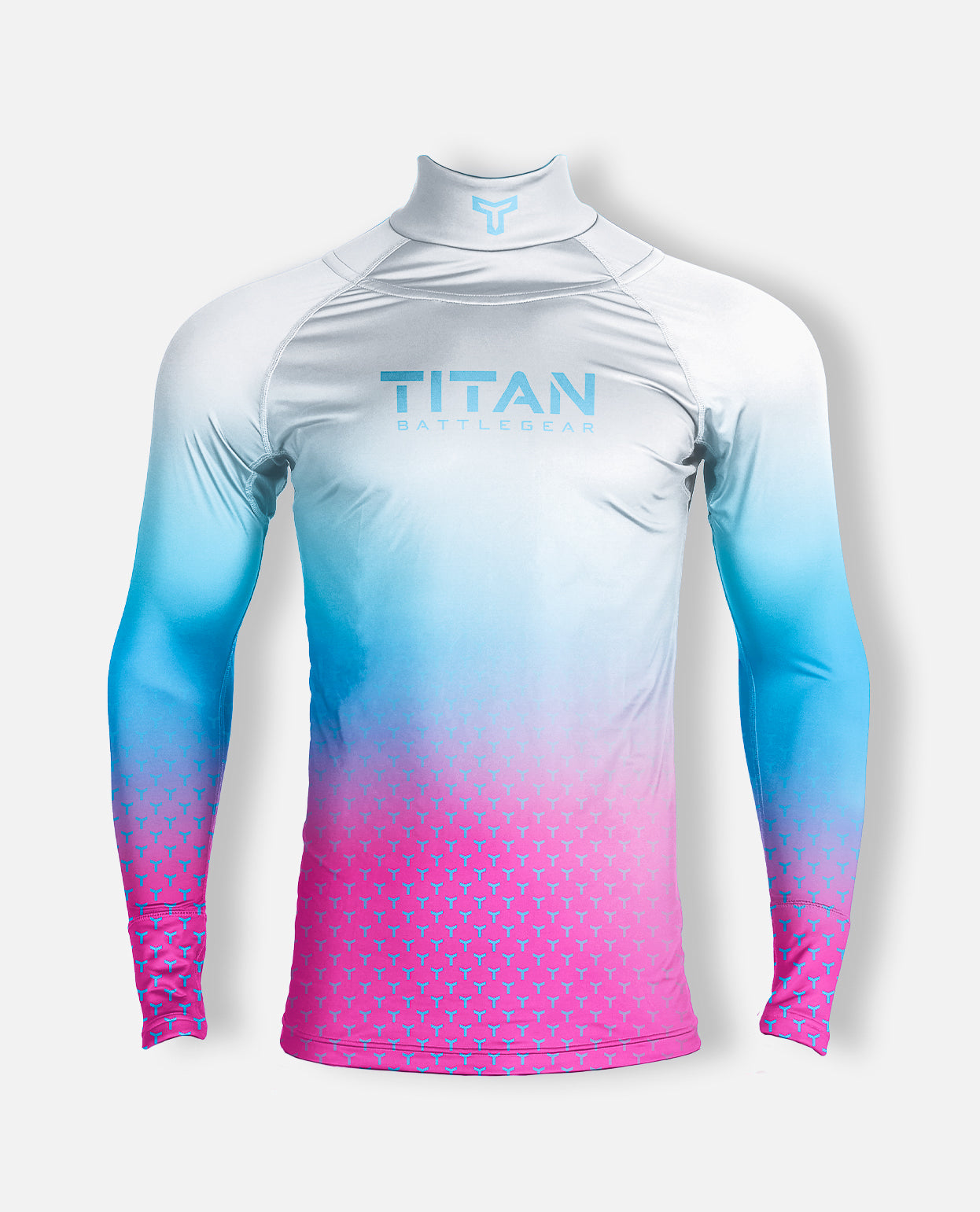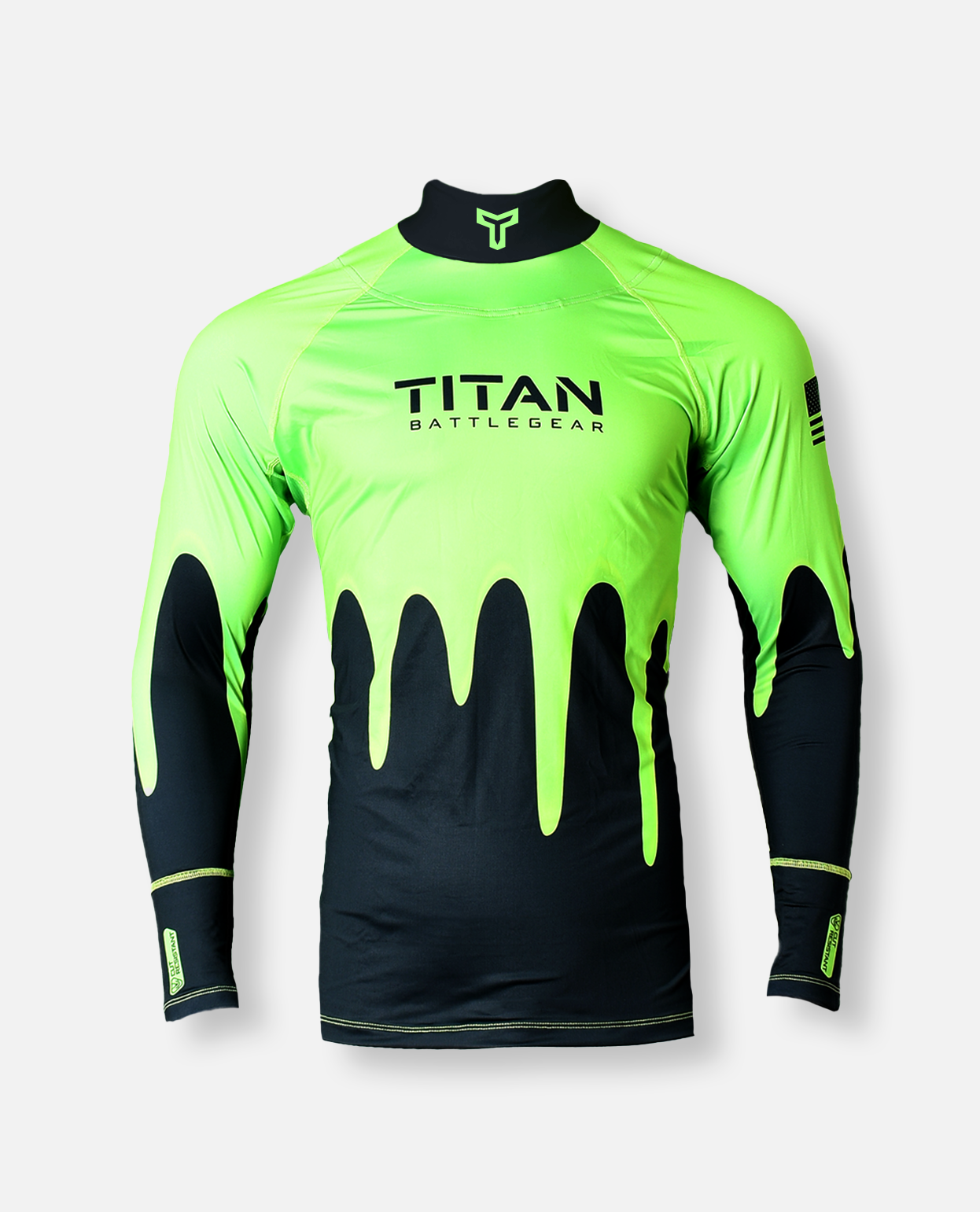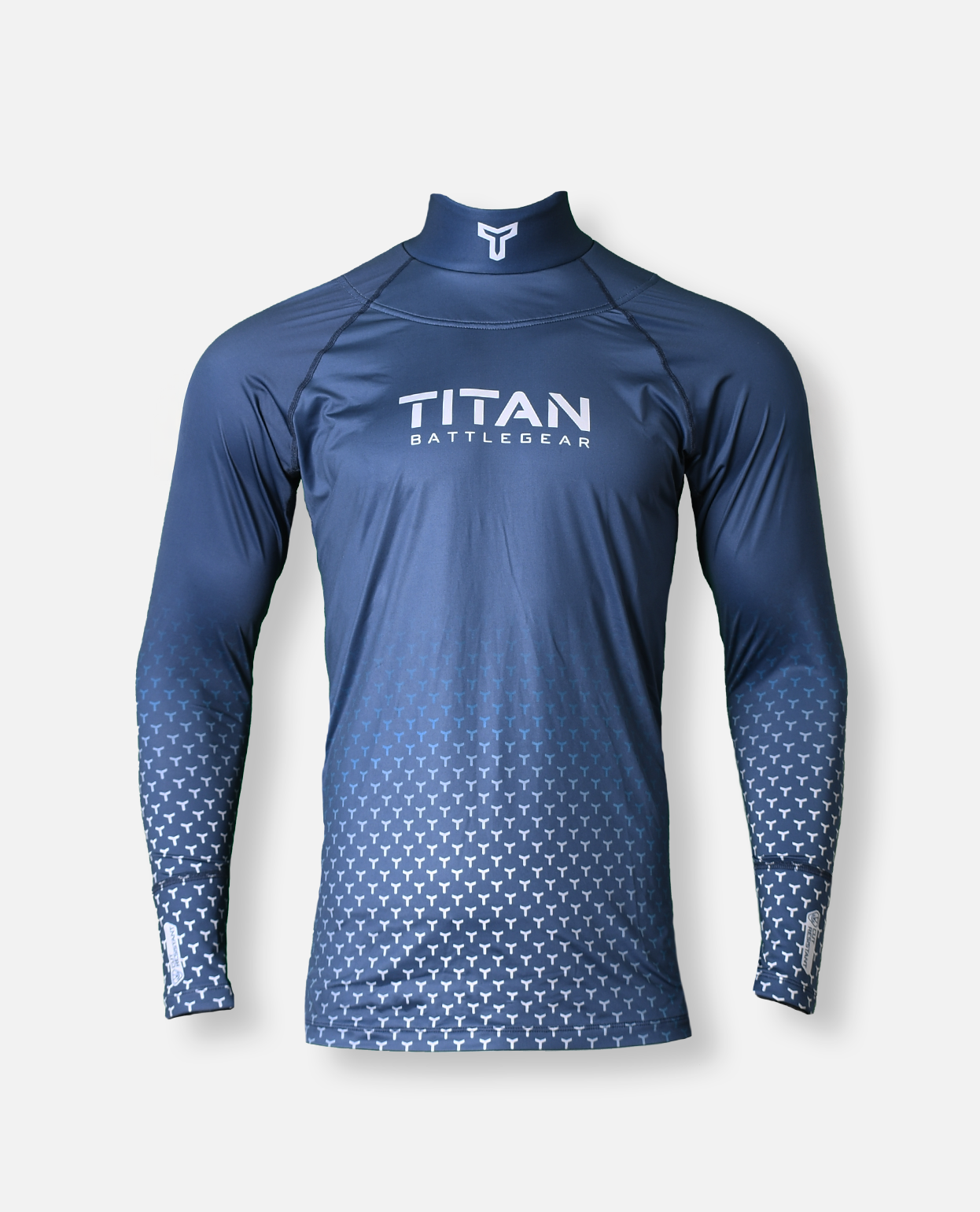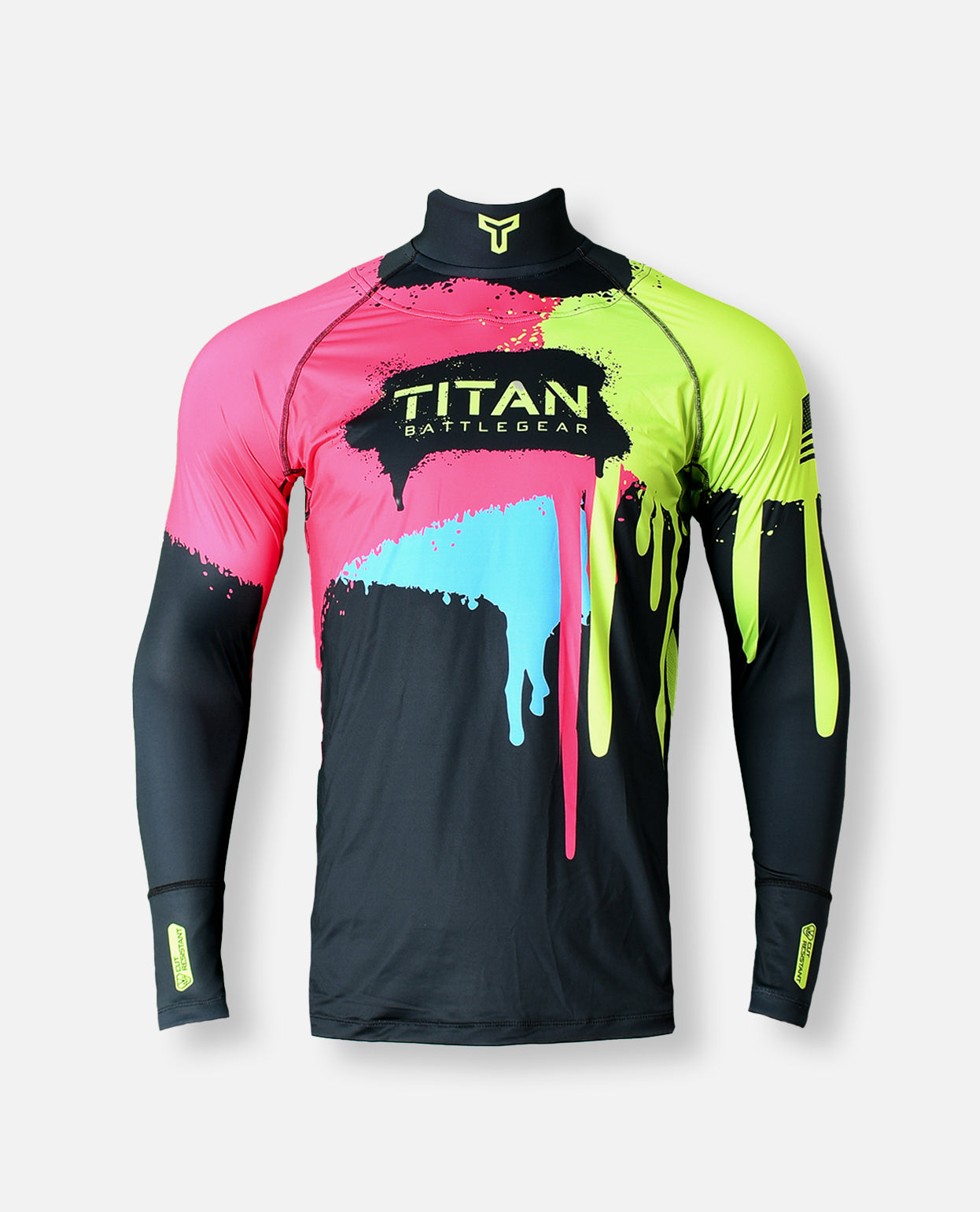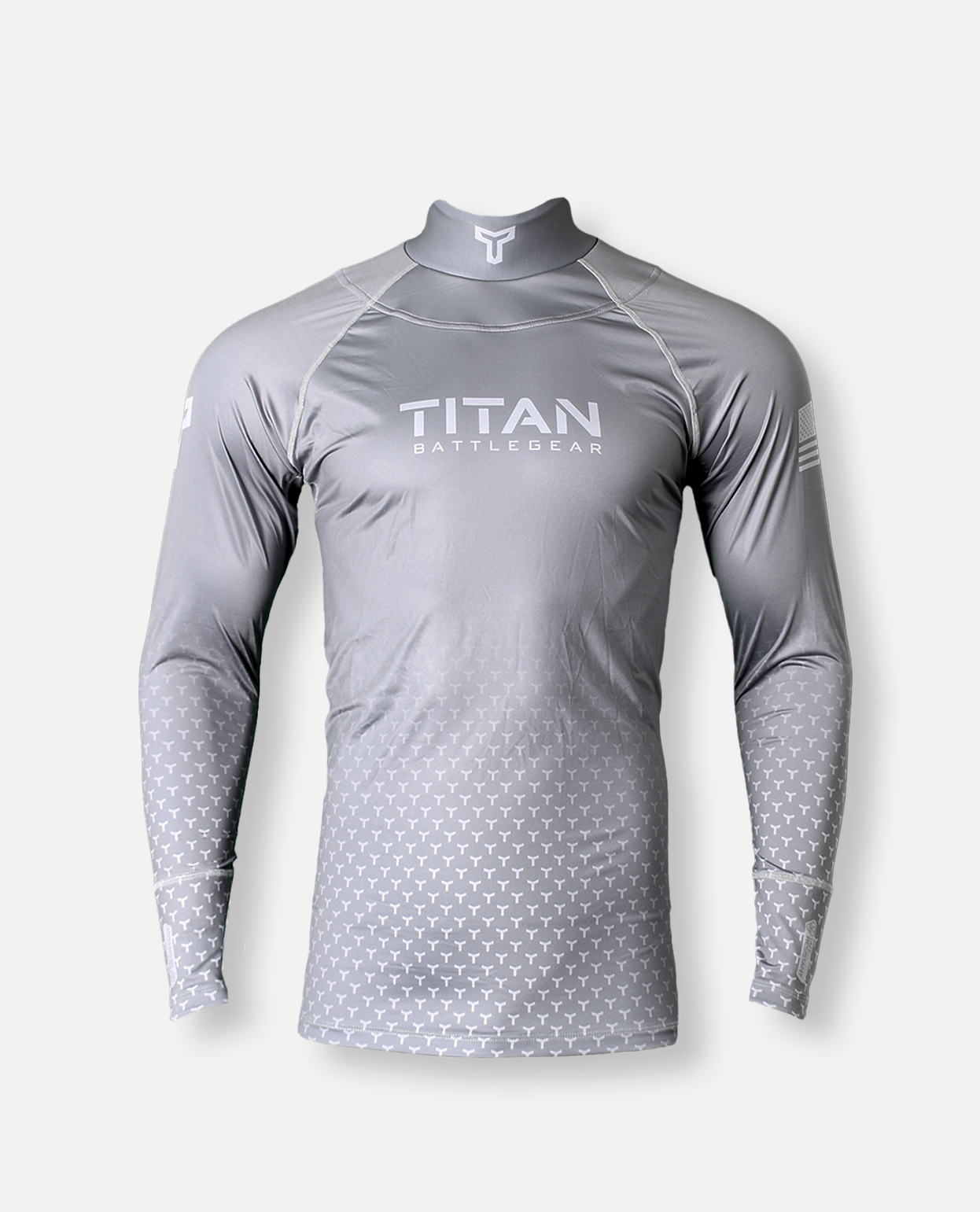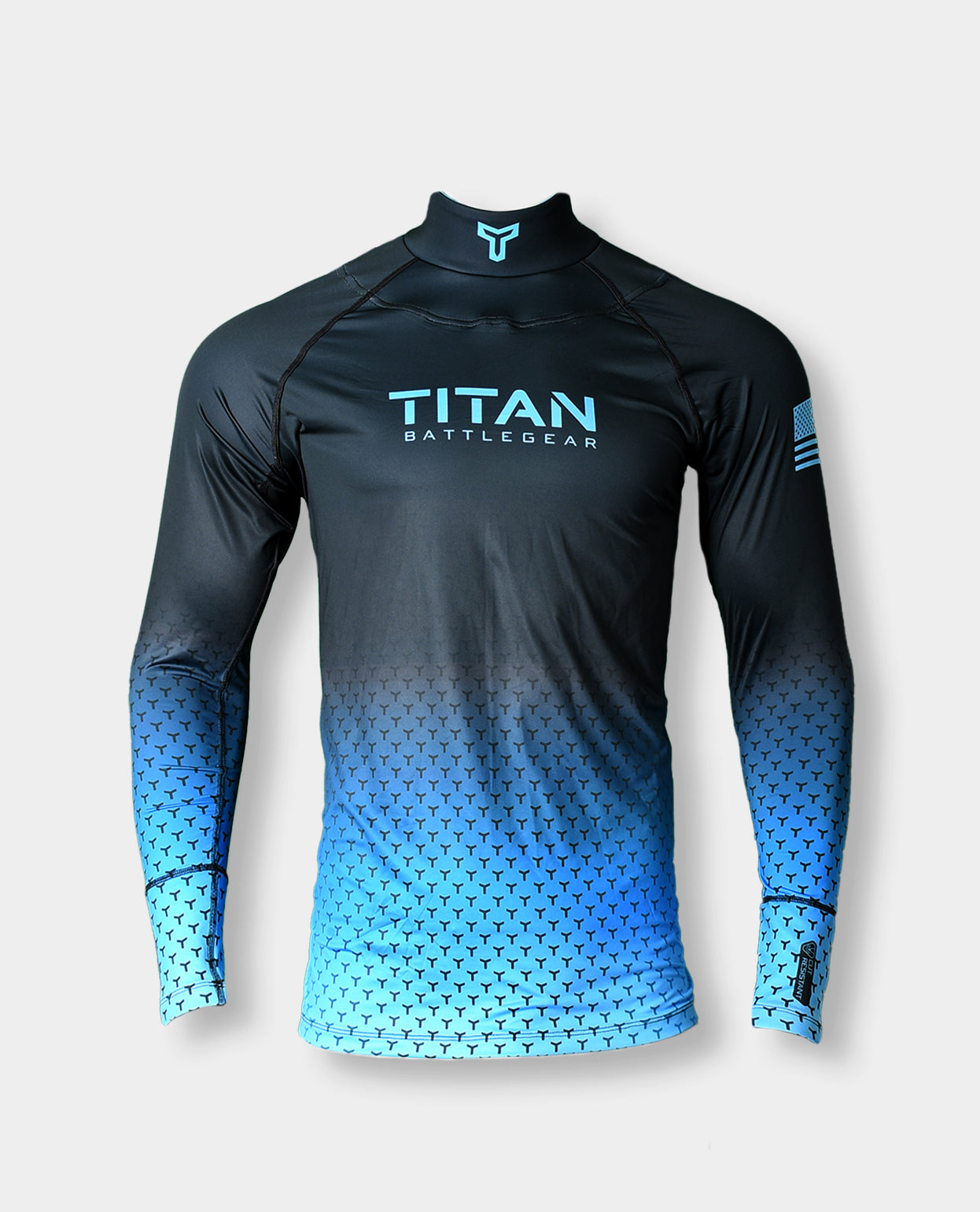A letter from Andries de Villiers, Founder of Titan Battlegear
I never set out to start a hockey gear company. But once I saw the truth, I couldn’t unsee it. And once I realized what was at stake, there was no way in hell I could stand by and do nothing.
Like every hockey parent, I take my son’s safety seriously. As he moved up in competition, I didn’t cut corners. I bought the best – carbon fiber elbow pads, top-tier skates, a honeycomb-padded helmet. Everything built for battle and designed to protect.
Except for the neck guard…
The moment that changed everything
My connection to the sport of hockey and the dangers of laceration runs deep. I graduated from Brunswick in Greenwich, Connecticut – the same school where, in 2022, sixteen-year-old Teddy Balkind tragically lost his life after a skate blade accident.
That incident shook the entire hockey world. At the time, my son was mid-season in his first year of travel hockey. While I was already aware of the dangers of the sport, after that tragedy, I took a hard look at the cut-protection my son was wearing.
At the time, my son was graduating out of his starter kit – the cheap, one-size-fits-all gear that would barely protect a roller-blader from scrapes and bruises. We went all-in, buying only the best: the strongest helmet, the safest pads, the lightest, most-advanced skates. But when it came to a neck guard, the options were a complete joke.
The choice was between a flimsy strap-on collar that felt like a clip-on bowtie, or a cheap, mass-market baselayer with thin, “cut-resistant” fabrics to “check the box” on laceration protection. A life-or-death piece of equipment treated as an afterthought.
That didn’t sit right with me.
The box cutter test that changed everything
I didn’t know the science of cut-resistant materials at the time, but I knew to trust my instincts. And something about those neck guards felt…wrong. So I did a quick, very unscientific test.
I grabbed a box cutter from the kitchen drawer. Not a fresh one – the same dull blade I’ve used on hundreds of Amazon packages. I pressed it against my son’s neck guard and swiped.
It cut through like butter.
If my dull box cutter sliced through that fabric with ease, what would happen with a sharpened skate blade moving at high speed and force?
As an entrepreneur and problem solver, I started down the rabbit hole. What I found was even worse than expected.
The materials used in mass-market hockey neck guards were mostly rated A2 or A3, on the ANSI cut-resistance scale (which goes from A1-A9). A study I found – dated, but still relevant– showed that a real skate blade incident would require protection beyond A6. For reference, a cotton t-shirt tests at A2-A3, blue jeans or thin corrugated cardboard boxes at A4, and a blue tarp to cover holes in your roof tests as high as A5-A6.
Simply put, the best-selling neck guards in hockey were doing next to nothing to stop a life-threatening injury.
Not a box to check. A problem to solve.
I’ve built businesses before. I know how this works. But this is more than business to me – it’s personal.
I spent months evaluating every cut-resistant material available worldwide. It was proving next to impossible to find a material that actually protected players (A7-A9 level cut resistance) without being bulky, restrictive, or overheating them on the ice.
What I needed didn’t exist. So I built it.
I partnered with the leading cut-resistant textile mill in the United States to develop our own material. And so, Titanotex™ was born – the most advanced cut-resistant material in hockey.
The first neck guard players actually want to wear
Here’s the rub: protection means nothing if players hate wearing it.
Athletes choose gear that doesn’t interfere. We don’t want anything bulky, dorky, or suffocating. A bonus – gear that actually elevates your game thanks to the confidence it instills and the comfort it provides.
Every product in the market, in addition to their lack of safety and efficacy, was offered in only one color – black. That’s it. Meanwhile, in every other sport, players had gear with personality – bright cleats, gloves with drip, and bold design. In hockey, the only real estate available for showing personality was left untapped and underserved.
But we changed that.
For the first time ever, players could have both – elite protection and style, or “sty” as my son would say. We created bold colors, novelty prints, and custom team designs. For the first time in the game of hockey, players can look the way they feel.
Our mission
The big brands? They’re not bad guys. They innovate all the time – on sticks, skates, and pads. But cut protection has never been their priority. Neck guards are simply a box to check.
I saw a problem that needed a solution, and I wasn’t willing to sit around and wait for someone else to do it.
Because parents, players, and teams deserve better.
Because the next generation of hockey shouldn’t have to learn the hard way.
We’re changing the game. No more settling.
Together we conquer.
— Andries







